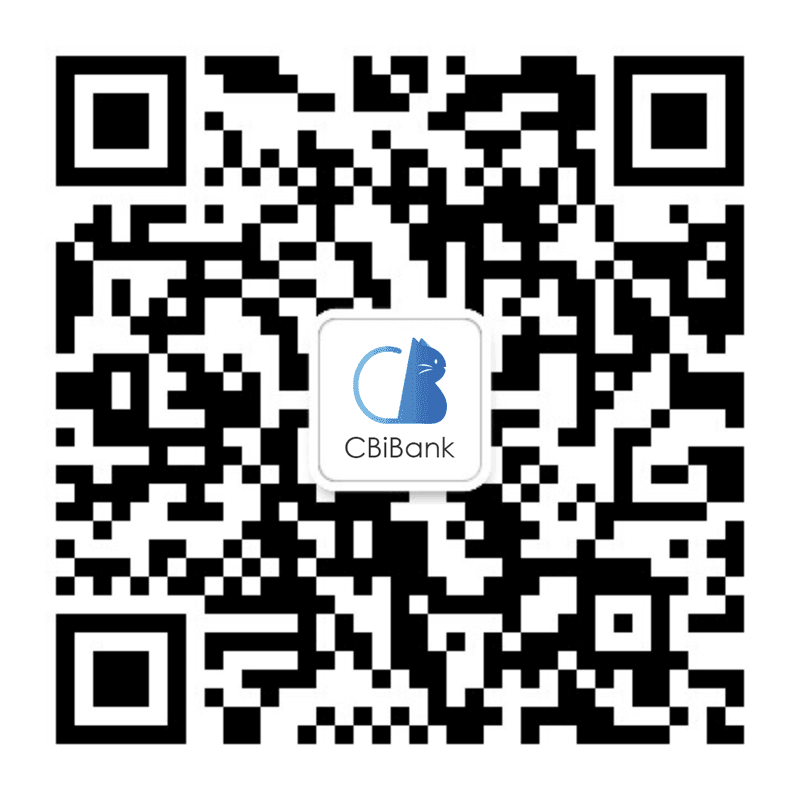What Does Cross-Border Trade Collection Really Mean for Exporters?
Shipping goods overseas is one thing; getting paid for them is another story. That’s where cross-border trade collection comes in. For businesses, it’s not just a financial step — it’s the backbone of smooth international operations. With the right system, and the support of institutions like CBiBank, companies can ensure payments arrive safely and on time.
1. How does cross-border trade collection work in practice?
At its core, cross-border trade collection means receiving payments from international clients through compliant corporate banking channels. This usually involves offshore accounts that can accept multiple currencies and process settlements in line with trade documents.
🌍 Instead of struggling with fragmented accounts, exporters can centralize global payments into one trusted system.
2. Why is documentation still critical?
Banks don’t just move money — they check legitimacy. That means contracts, invoices, and customs papers are all part of the process.
⚠️ Missing or inconsistent paperwork is the main reason for delays. CBiBank helps exporters by reviewing documents upfront, reducing the risk of funds being held.
3. What role does compliance play?
International payments are closely monitored under anti-money-laundering (AML) and trade regulations.
🛡️ A structured cross-border trade collection account ensures that payments align with trade flows. By using regulated banks like CBiBank, exporters can protect themselves against unnecessary freezes or compliance red flags.
4. How does it impact cash flow management?
Delays in collection can strain working capital. Exporters often need quick access to funds to pay suppliers, employees, and logistics partners.
📊 By using multi-currency accounts, companies reduce conversion friction and speed up cash availability. Partnering with CBiBank allows exporters to integrate settlement cycles directly into their financial planning.
5. What future trends will shape cross-border trade collection?
The process is becoming more digital and automated:
🌐 Remote onboarding – companies open accounts online with video verification.
🛠️ API integration – payments reconcile automatically with invoices.
📈 Real-time monitoring – banks provide instant updates on transaction status.
👉 Exporters looking ahead can already access these tools via CBiBank: Apply here.
FAQ on Cross-Border Trade Collection
Q1: How long does cross-border trade collection usually take?
Most payments settle within 1–3 business days, depending on the currency and compliance checks.
Q2: Which industries rely most on cross-border trade collection?
Manufacturers, e-commerce exporters, and service providers such as IT or logistics firms all depend heavily on reliable collection accounts.
Q3: What currencies are supported?
USD, EUR, GBP, RMB, HKD, and JPY are most common, with many banks supporting 20+ global currencies.
Q4: Can small and medium enterprises also benefit?
Yes. SMEs gain credibility and stability by using professional accounts instead of relying on risky informal channels.
Q5: Why not just use a personal account for collection?
⚠️ Personal accounts create compliance risks and are more likely to be flagged or rejected. Corporate accounts, such as those at CBiBank, are safer and designed for trade.
Final Thoughts
Cross-border trade collection isn’t just about moving money — it’s about protecting cash flow, ensuring compliance, and building trust with global partners. With structured accounts and digital solutions from CBiBank, exporters can transform collection from a challenge into a competitive strength.
Related articles

 WeChat of CBiBank
WeChat of CBiBank